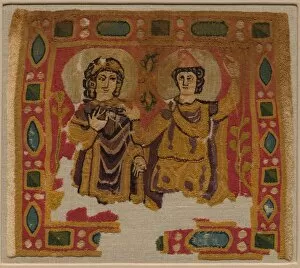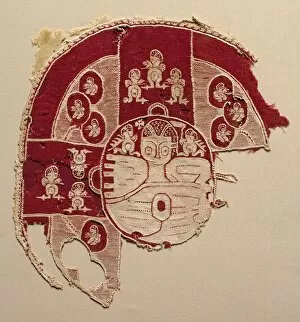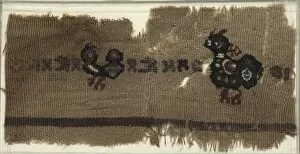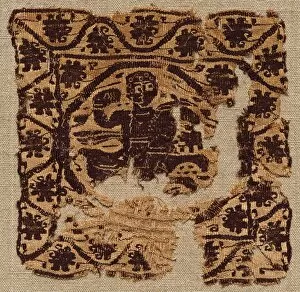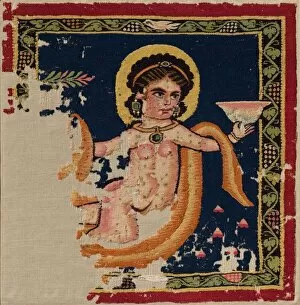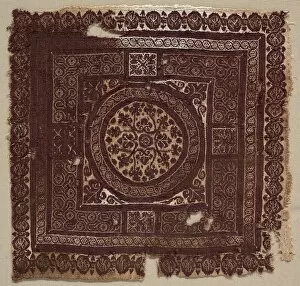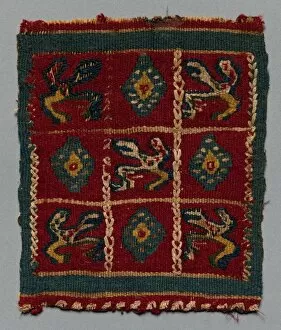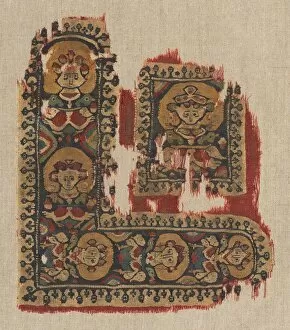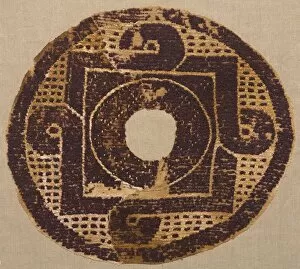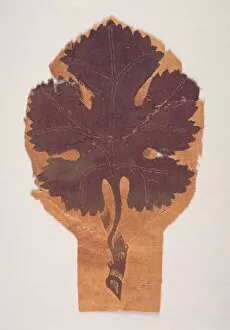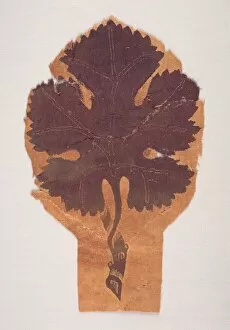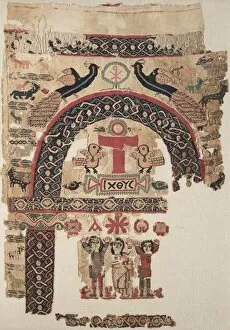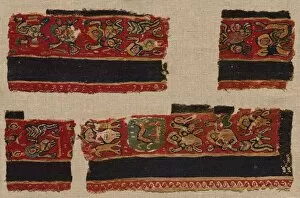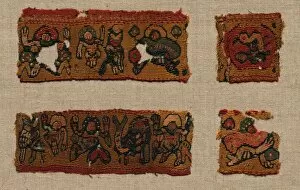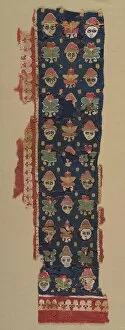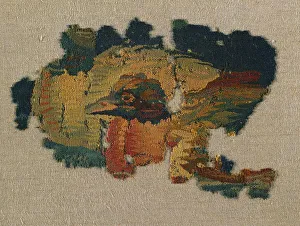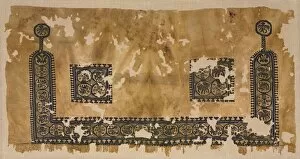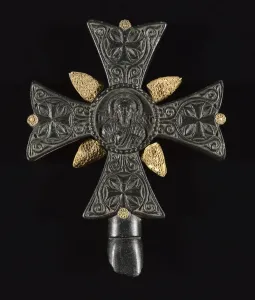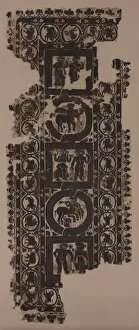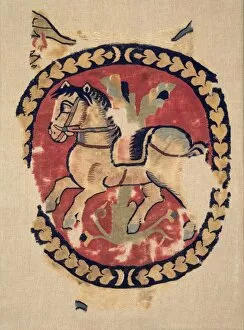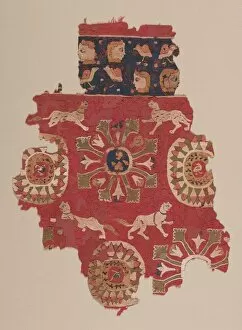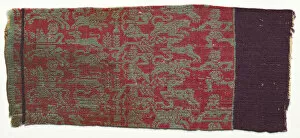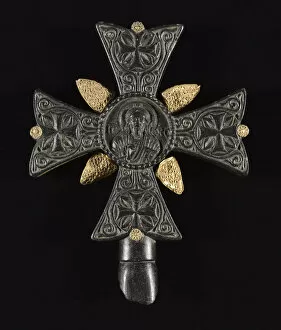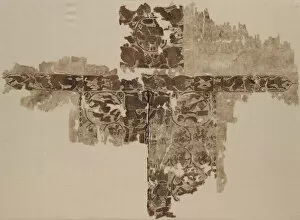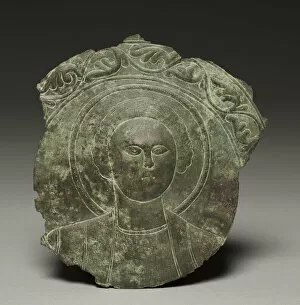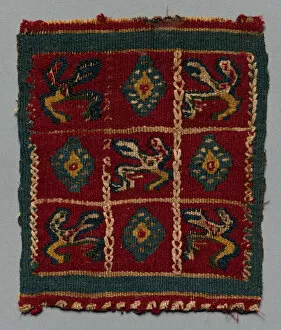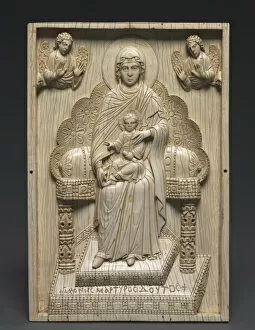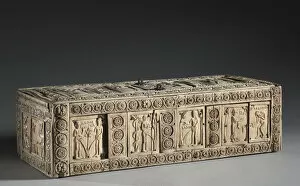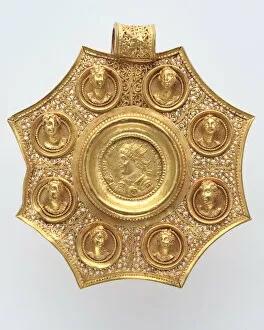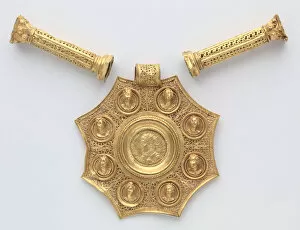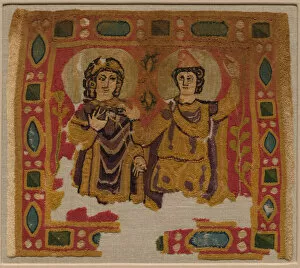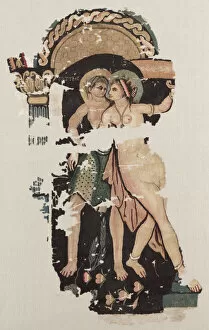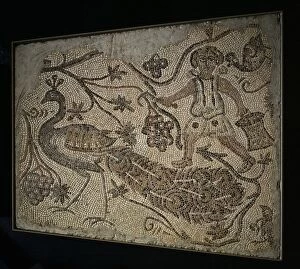Byzantine Period Collection (page 2)
The Byzantine period, spanning from the 4th to the 15th century, was a time of rich artistic and cultural expression
All Professionally Made to Order for Quick Shipping
The Byzantine period, spanning from the 4th to the 15th century, was a time of rich artistic and cultural expression. This era witnessed the creation of exquisite artifacts that showcased the skill and creativity of Byzantine artisans. One such artifact is the Pilgrim's Flask with Saint Menas, crafted between 500-700 AD using terracotta. This flask served as a vessel for holy water during pilgrimages and depicts Saint Menas, a popular saint in Byzantium. Another remarkable piece is the Pectoral Cross from Russia dating back to the 1600s. Made from walrus ivory, wood, partially gilt silver, and pearls, this cross exemplifies intricate craftsmanship combined with religious symbolism. A Fragment of a Floor Mosaic depicting Adam and Eve transports us back to late 400s-early 500s. Created using marble and stone tesserae, this mosaic panel portrays biblical figures in vibrant colors. Intriguingly detailed is also the Floor Mosaic Panel showcasing a Grape Harvester with Peacock from the 400s. Crafted using marble tesserae, this artwork reflects both nature's beauty and human labor. Coins played an essential role during this period; two notable examples are Solidus coins featuring Heraclius and his son Heraclius Constantine on one side while Theodosius II and Valentinian III on another side. These gold coins were not only symbols of power but also reflected political alliances. The Ivory Plaque with Enthroned Mother of God (known as "The Stroganoff Ivory") showcases delicate carving skills portraying Mary seated on her throne surrounded by angels—a testament to devotion during this era. Religious objects like Paten dedicated to Saint Sergius highlight Constantinople or Syria's influence on artistry within Byzantium. These treasures demonstrate meticulous metalwork combined with spiritual dedication.

